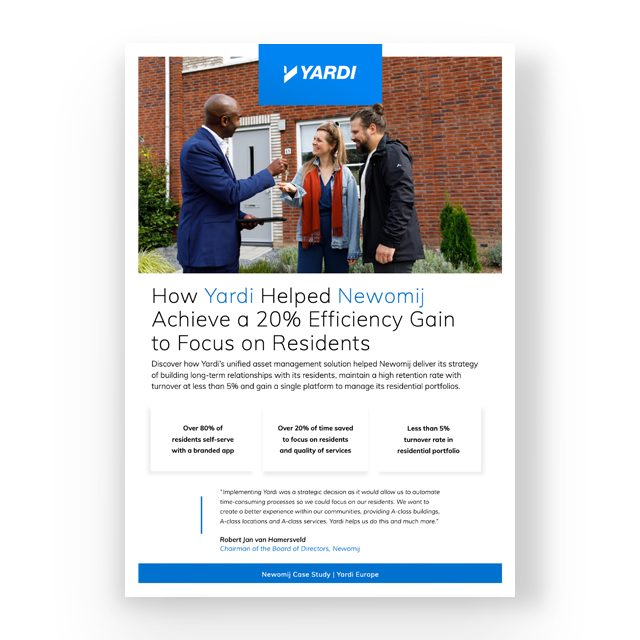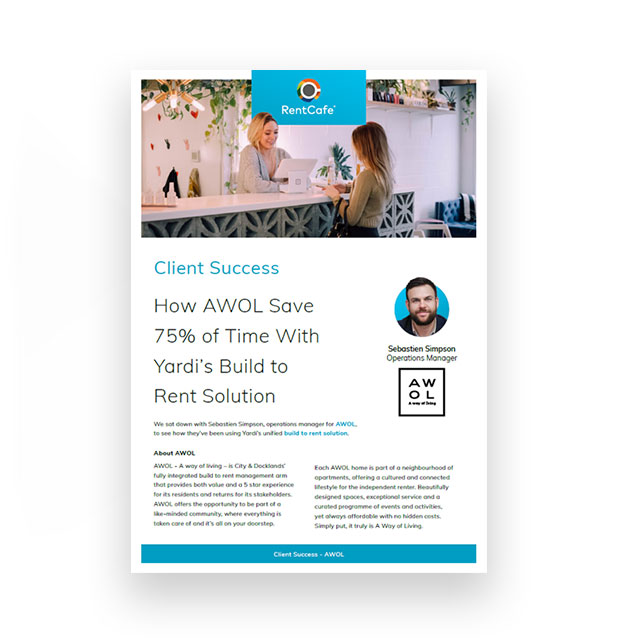Choose your market
Find products to drive your business.
Technology for all real estate professionals
Join thousands of businesses worldwide that choose Yardi property management software and services to optimise every aspect of their operations.
What our clients are saying
For more than 35 years, we’ve taken care of our clients, taken care of our employees, taken care of our communities, stayed focused and grown.
READ CLIENT SUCCESS STORIESFAQ
Get answers to your questions about Yardi and our property management software.
In 1984, Anant Yardi created “Basic Property Management” for the Apple II computer and sold it to our first customer, Sabaco Realtors. Since then, Yardi has grown dramatically to become the leading provider of software solutions for the real estate industry.
Our solutions increase efficiency and reduce costs for a global client base of public, private and nonprofit organisations. Markets we serve include commercial office, retail, industrial and logistics, residential, build to rent and student, coworking, airports and ports.
Our complete real estate management solutions include software for investment management, asset management, property management, accounting, marketing and leasing, procurement, business intelligence, eLearning and much more. We have multiple options for all portfolio types and sizes, from large multinational enterprises to small and midsize holdings.
In addition to property management software implementation and support, we offer a number of services including SEO and PPC management, call center answering and full-service invoice processing and payment.
The time required to implement property management software depends on the solution and the portfolio. In some instances, you can get up and running in a day. More sophisticated implementations can take months to ensure all your needs are met.
Our client services team assists with implementation and provides in-person support and online training at every stage of the client’s product experience. Many team members, such as Certified Energy Managers, have earned accreditation that enables specialised client support. Additionally, clients can access on-demand support articles, videos and eLearning classes.
Yardi software and service solutions range in price depending on the product, market and portfolio. Designed to increase revenue and reduce expenses, many clients find that our offerings pay for themselves.
We showcase innovation and best practices at major trade events staged by UKAA, Property Week, Build to Rent Forum, INREV, EPRA, UK PropTech Association, GCUC and many more. Our contributions include event sponsorship, participation in panels and roundtables, keynote addresses, grants and thought leadership content. View our events schedule.
As an integral part of the global communities in which we operate, Yardi contributes volunteer time and financial support to organisations dedicated to housing, health services, disaster recovery and other humanitarian services. See how Yardi gives back.
We’re always hiring and have been repeatedly honoured as one of the best places to work in the industry. Visit the Yardi careers page to find your fit on our winning team.












